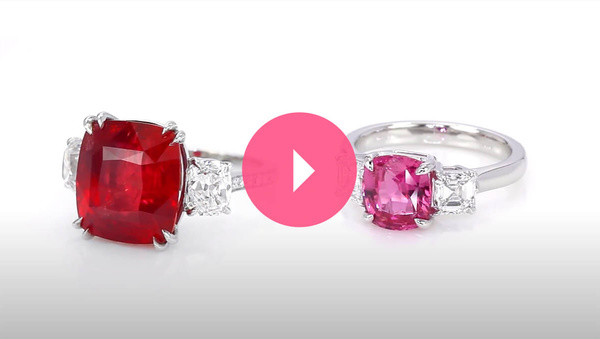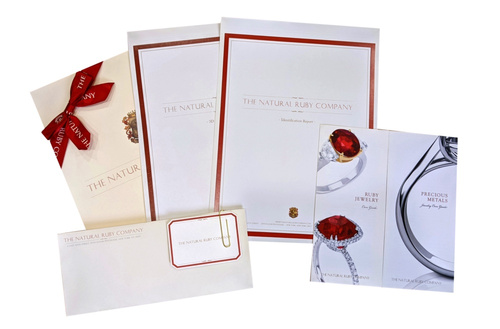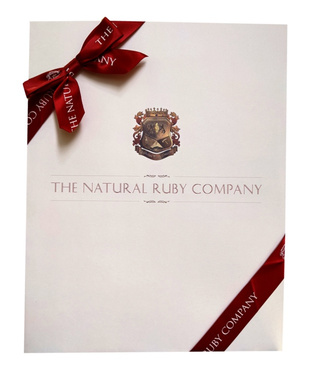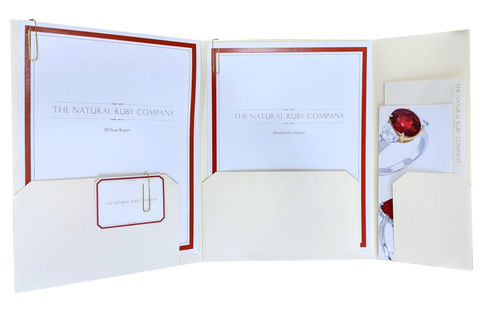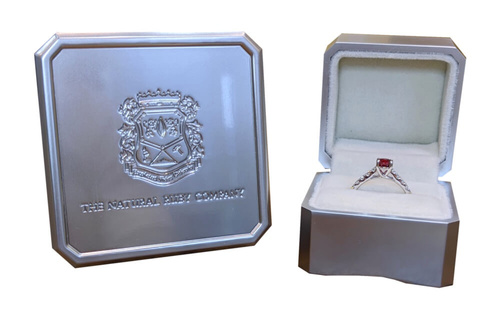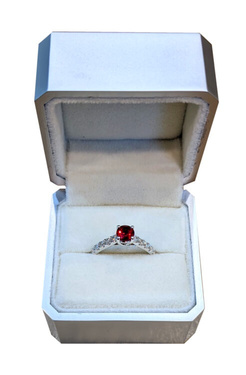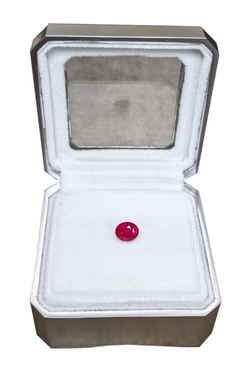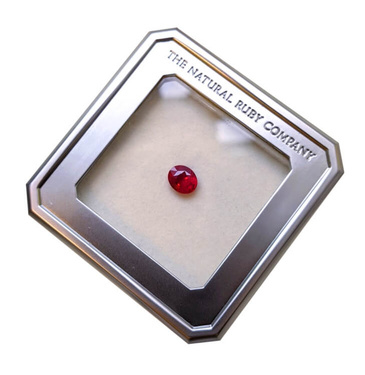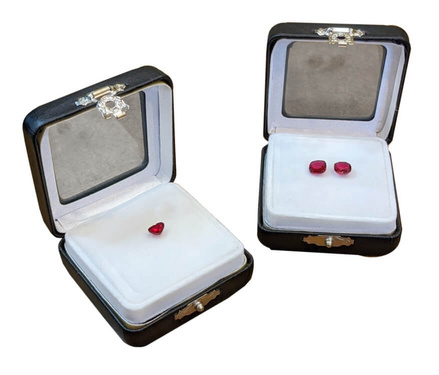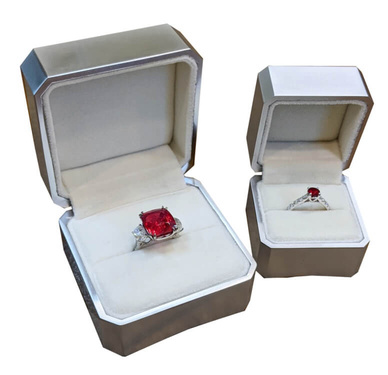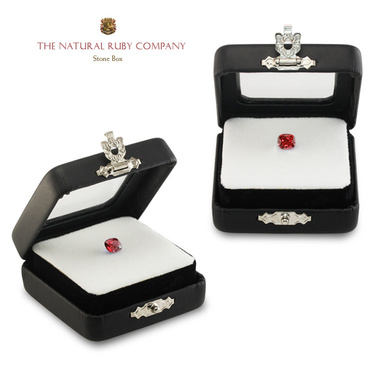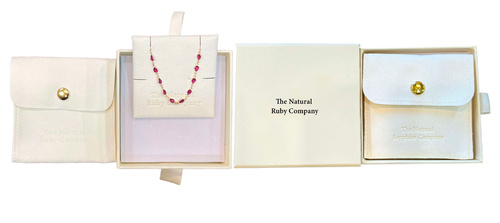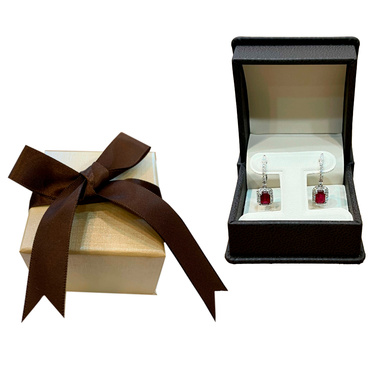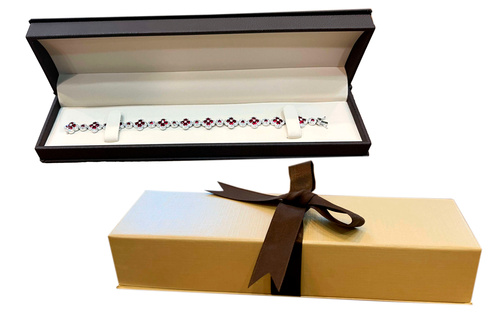- Stone14
- Reports3
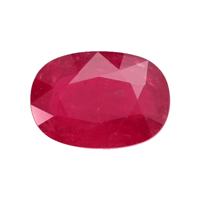

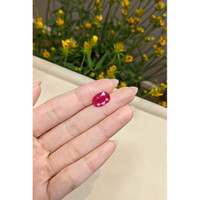
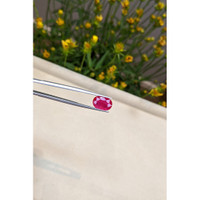
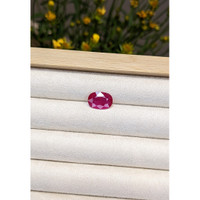
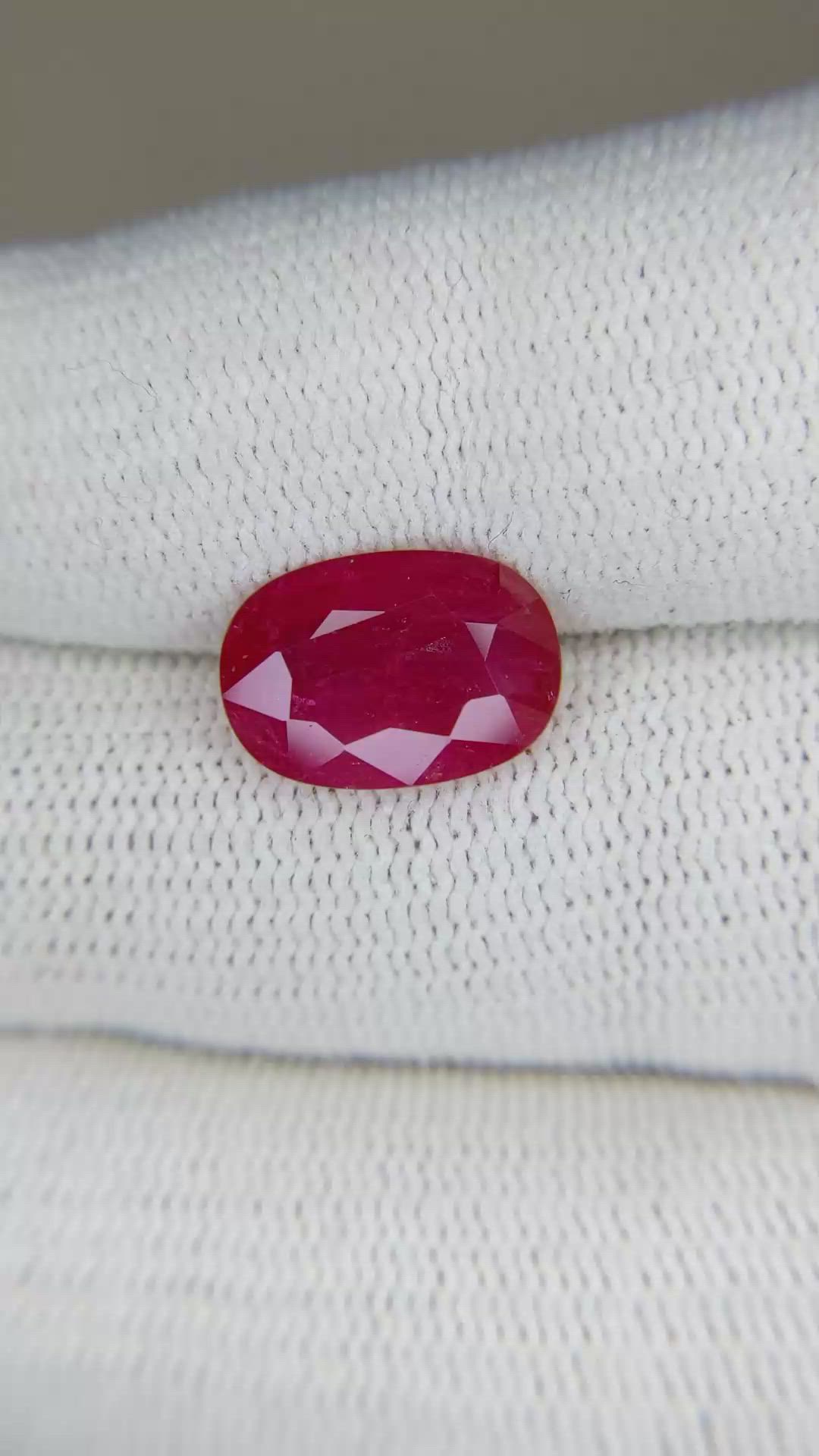
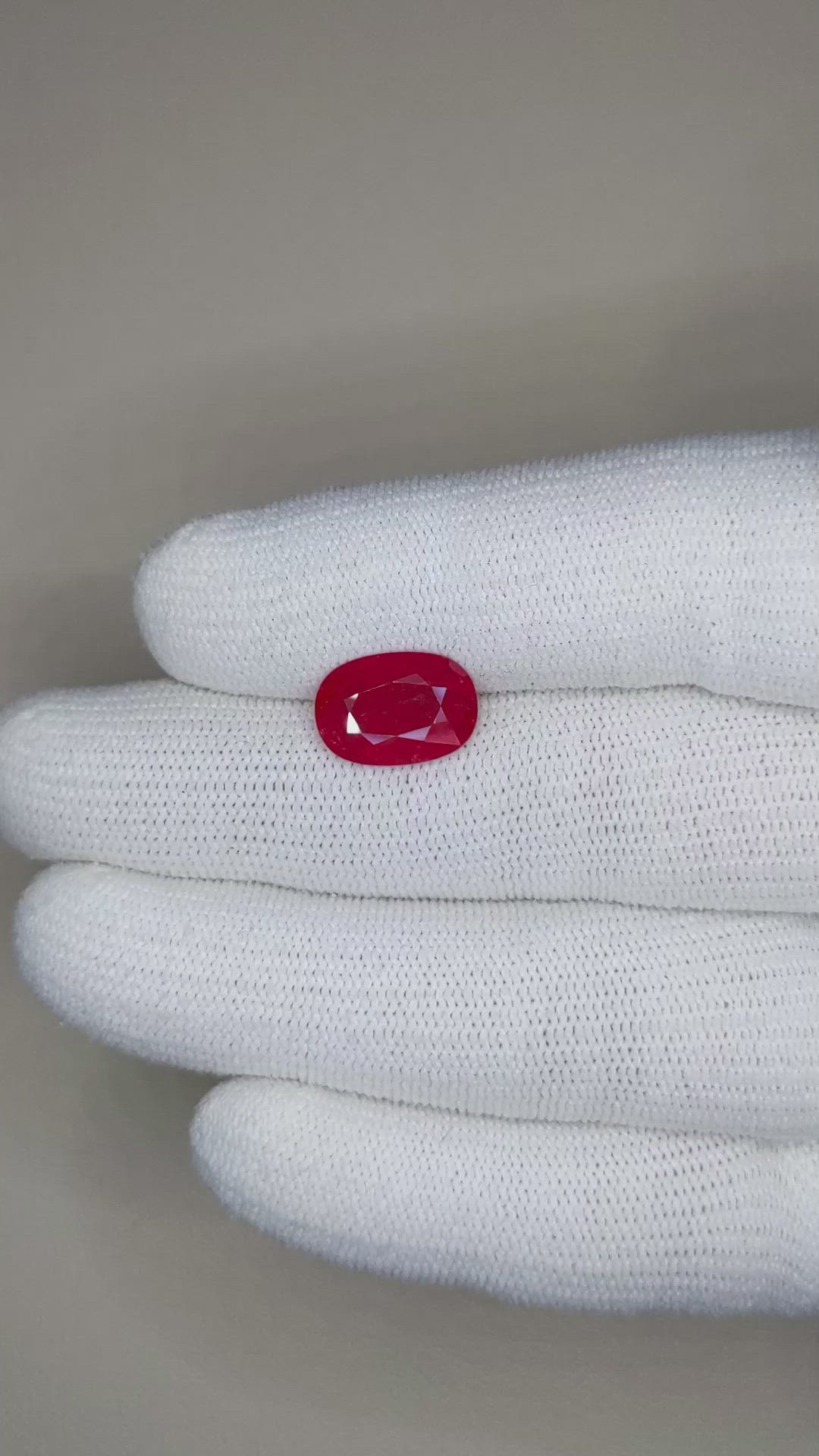
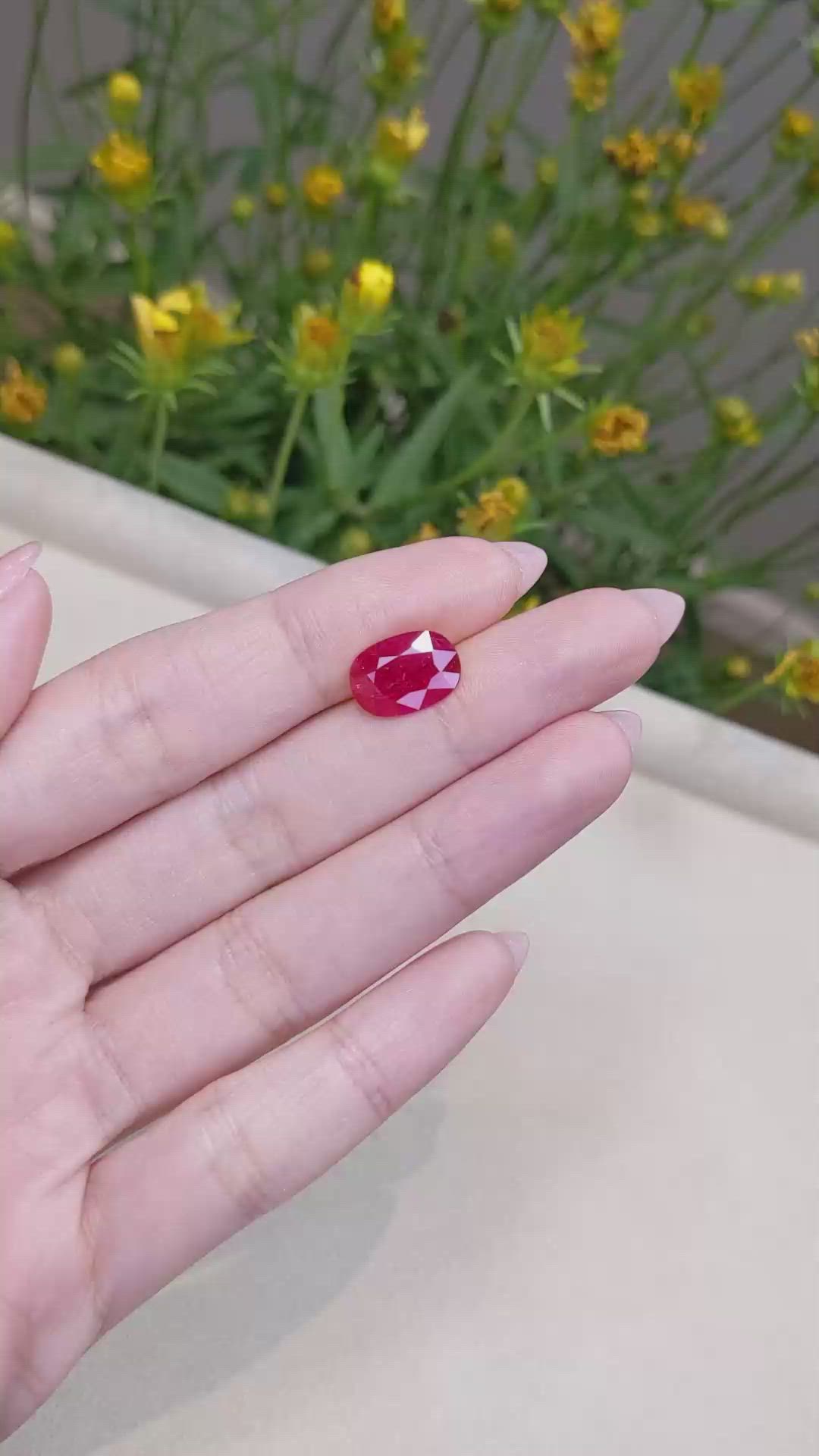
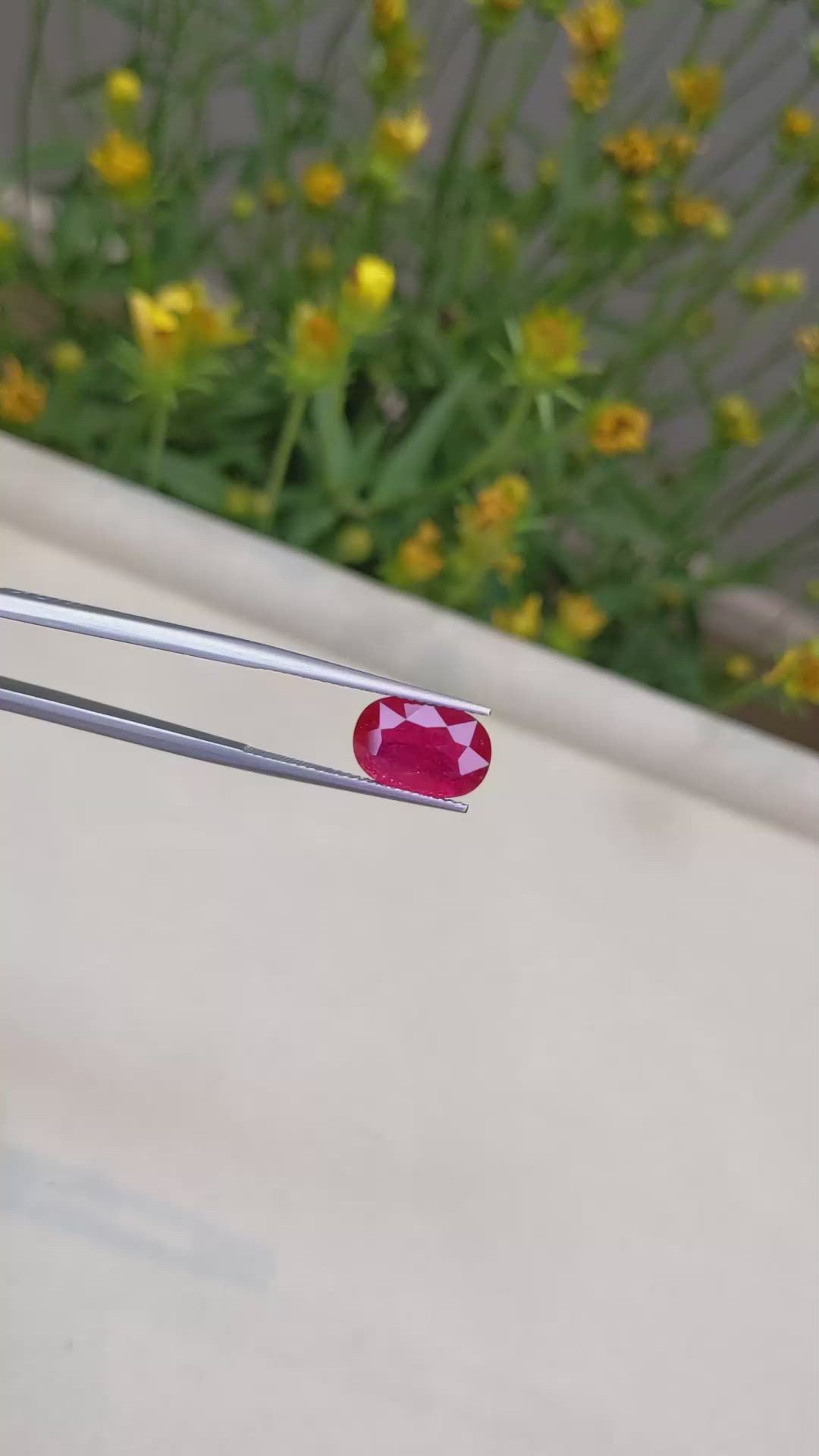
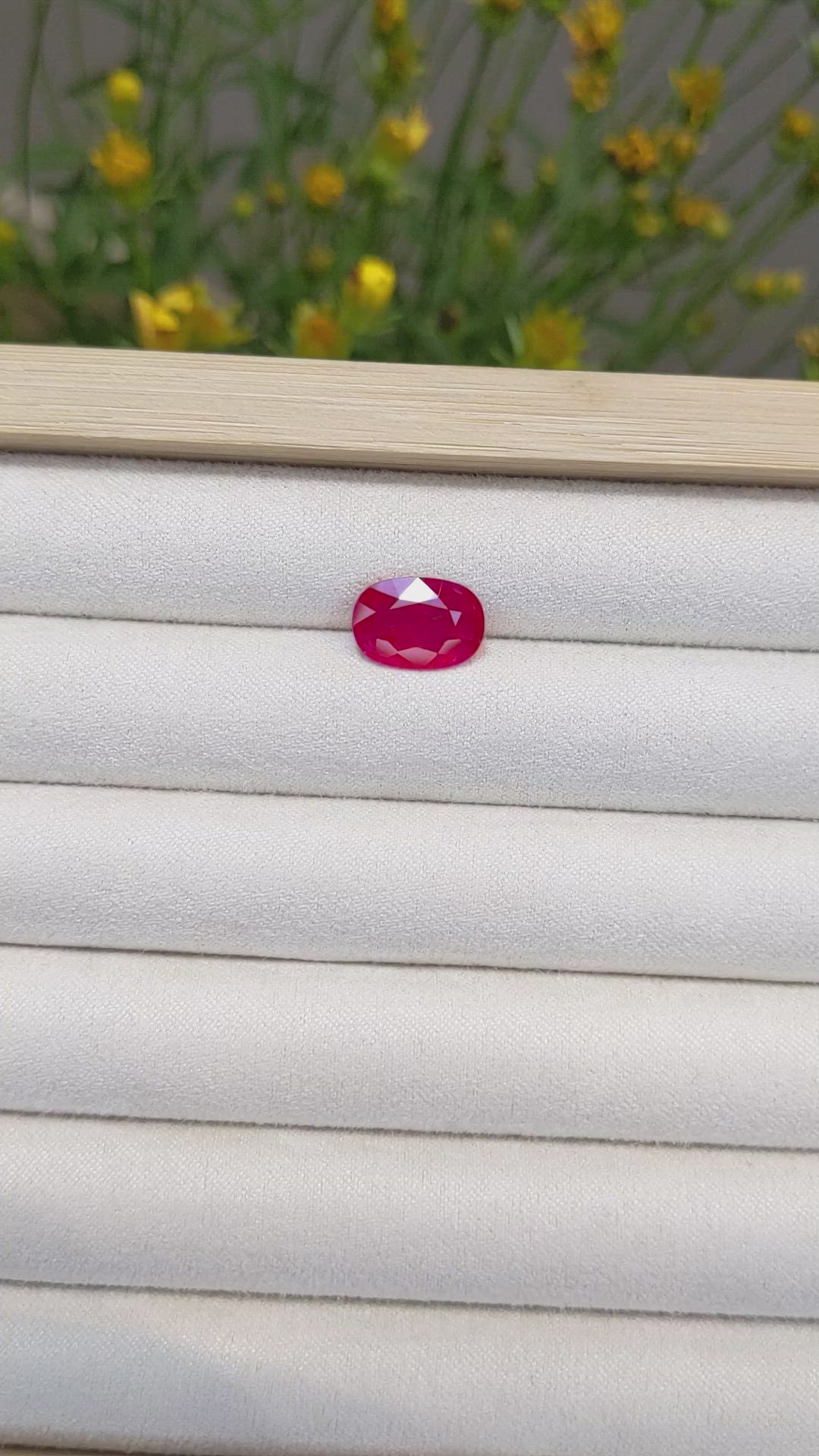

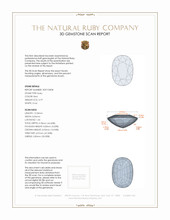
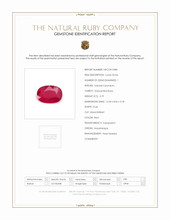
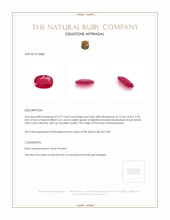
3.79 Ct. Ruby from Mozambique
This loose stone is available to ship now
Item ID: | R15383 |
|---|---|
Dimensions (MM): help | Length: 12.34 Width: 8.56 Height: 3.78 |
Weight: | 3.79 Ct. |
Color: help | Red |
Color intensity: help | Vivid |
Clarity: help | Slightly Included |
Shape: help | Oval |
Cut: | Mixed Brilliant |
Cutting style: | Faceted |
Enhancements: help | Heat Treated |
Origin: help | Mozambique |
Per carat price: help | $1,110 |
Deep within the ancient crust of our planet, material processes measured in millions of years conspired to create this ruby, a crystalline record of deep time. At depths where temperature and pressure are sustained for prolonged intervals, aluminum oxide slowly arranged into the dense, trigonal lattice known as corundum, the mineral family to which ruby belongs. Trace concentrations of chromium were introduced by migrating hydrothermal fluids and by the local geochemical environment, and these chromium ions were incorporated into the growing corundum framework, selectively absorbing green and blue light and producing the red hue that defines ruby. Growth was not continuous, but episodic, with pulses of fluid, variations in temperature, and shifts in chemical environment producing subtle zoning and growth features that are preserved as internal characteristics. What appears now as a single gem began as a congregation of atoms and ions, guided by crystallographic rules and geologic forces, a natural process that took place on a timescale far longer than human history.
The specific journey that brought this specimen from its formative depths to the surface was shaped by tectonic events and prolonged exposure to the forces of erosion, particular to the geological history of Mozambique. Regional metamorphism altered host rocks and mobilized elemental constituents, while discrete episodes of uplift and faulting elevated previously buried deposits toward the surface. Fluids percolating through fractures carried the necessary elements, and in zones of suitable chemistry and temperature, corundum nucleated and grew. Over subsequent geological epochs, weathering loosened the host rock, and transport by water and gravity concentrated durable crystals into placer deposits. Miners working in Mozambique encounter rubies in both primary and alluvial contexts, and the gem now presented to you was recovered from this landscape of complex geological evolution. The formation story accounts for its vivid color, and also for the natural inclusions and growth features that are consistent with a ruby that formed in a dynamic, open geological system.
The stone featured here is a transparent red ruby, weighing 3.79 carat, cut to an oval shape with dimensions measuring 12.34 by 8.56 by 3.78 millimeters, and faceted with a mixed brilliant cut. Its color intensity is described as vivid, a quality that reflects a favorable balance of chromium content and optical depth. Clarity is graded as slightly included, evaluated at eye level, a designation that communicates natural inclusions and growth characteristics visible to careful observation, yet not detracting from the gem's overall transparency and brilliance. The cutting approach, combining step and brilliant facets, was selected to optimize both face up color and internal light return, reconciling the desire for strong saturation with the need for scintillation. The surface finish is of excellent polish, the facets meeting with precision to enhance both light performance and tactile quality. For transparency of treatment, this ruby has been heat treated, a stable and widely accepted enhancement that improves color uniformity and reduces certain internal features, and this information is provided openly by The Natural Ruby Company.
What is seen in the finished gem is the result of two distinct creative processes, one natural and one human. Geological time and material chemistry produced the corundum crystal and its chromophore distribution, while the lapidary craft translated that raw potential into a gem form optimized for visual performance. The mixed brilliant cut preserves weight and color in the girdle plane, while the oval outline distributes face up color evenly, reducing the risk of dark zones and enhancing versatile mounting options. The slight inclusions noted in the clarity grading are intrinsic records of the crystal growth environment, sometimes appearing as tiny mineral remnants, growth tubes, or internal fractures that were later healed. These features can add character and serve as natural fingerprints, confirming the stone as a product of geological processes rather than synthetic manufacture. The excellent polish and precise faceting completed by skilled cutters allow the stone to interact with light effectively, producing an engaging combination of color saturation and lively response to movement.
This ruby is presented by The Natural Ruby Company with an emphasis on accurate description and provenance, from its Mozambican origin to its measured specifications and documented treatment. Its size and weight, 3.79 carat at 12.34 by 8.56 by 3.78 millimeters, place it in a range well suited to a variety of jewelry applications, including a prominent ring setting, a refined pendant, or a bespoke piece that highlights its vivid red presence. The mixed brilliant cut and oval silhouette lend themselves to both classic and contemporary designs, and the excellent polish ensures comfortable wear and enduring visual appeal. The Natural Ruby Company provides this information to support informed selection, because the value and character of a gem are rooted in both its natural history and its present condition. This ruby carries within it a geological narrative that spans millions of years, and its transformation through human skill makes it ready to become part of a carefully considered piece of jewelry, offering both a tangible connection to deep time and a refined expression of craftsmanship.

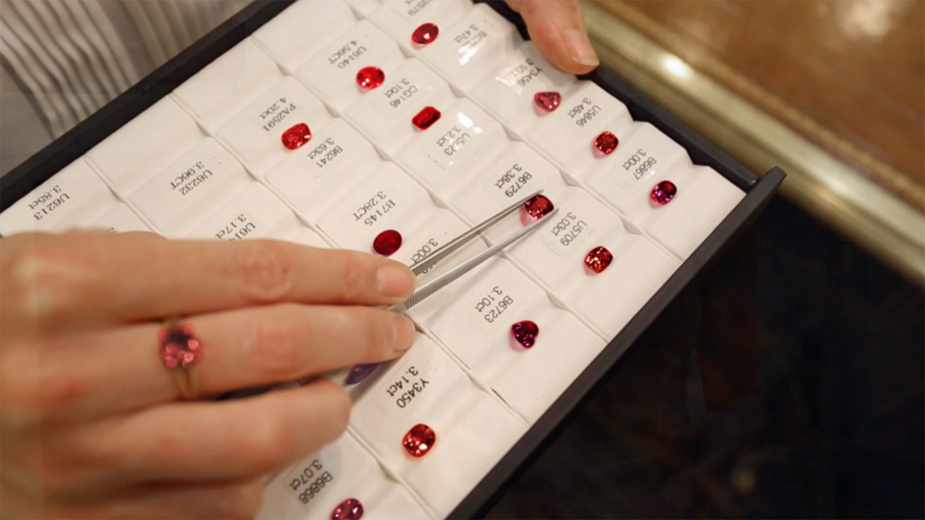

Other Rubies You May Like
